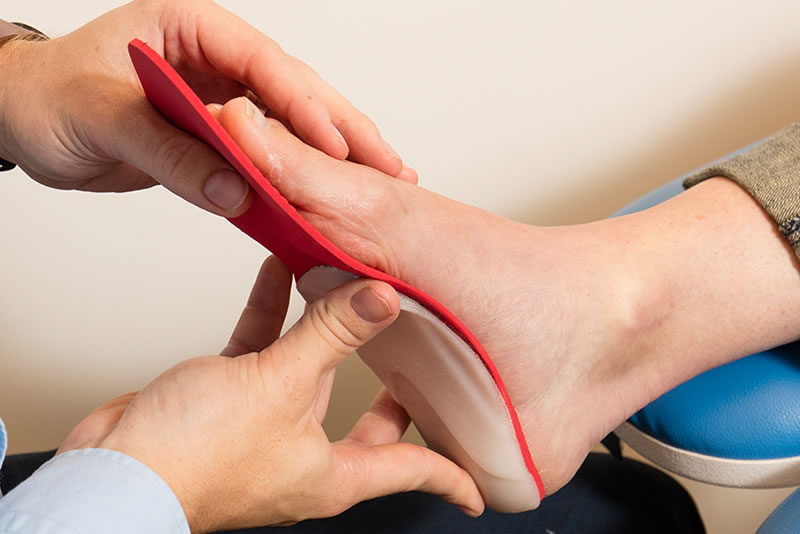What Is a Podiatry ?
Podiatry





What Does a Podiatrist Do?
Podiatrists are medical specialists who help with problems that affect your feet or lower legs. They can treat injuries as well as complications from ongoing health issues like diabetes. You might hear them called a podiatric physician or doctor of podiatric medicine.
Podiatry, also called Chiropody, medical specialty dealing with the diagnosis and treatment of diseases and disorders of the human foot. The ancient Egyptian Ebers medical papyrus (c. 1500 BC) records some of the earliest remedies for foot problems, and other references to foot treatment are found in the medical literature of most succeeding centuries. The word chiropody derives from the first modern work that was primarily devoted to the medical care of the foot, a 1774 treatise by D. Low of London entitled Chiropodologia. Doctors specializing in foot care appeared in England in the late 18th century, and itinerant “corn cutters” became a fixture of North American rural life during the 19th century. The National Association of Chiropodists was founded in the United States in 1912 and became the American Podiatric Medical Association in 1983. The term podiatry was coined by M.J. Lewi of New York in 1917.
Podiatrists diagnose and treat the diseases, disabilities, and deformities of the foot by physical therapy, special shoes and other mechanical devices, pharmaceuticals, and minor surgery. Podiatric medical schools in the United States prefer new students to have baccalaureate degrees before beginning podiatric study. The podiatry student must usually complete a four-year educational curriculum that embraces the fundamental medical sciences with an emphasis on their application to the human foot.

